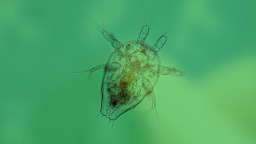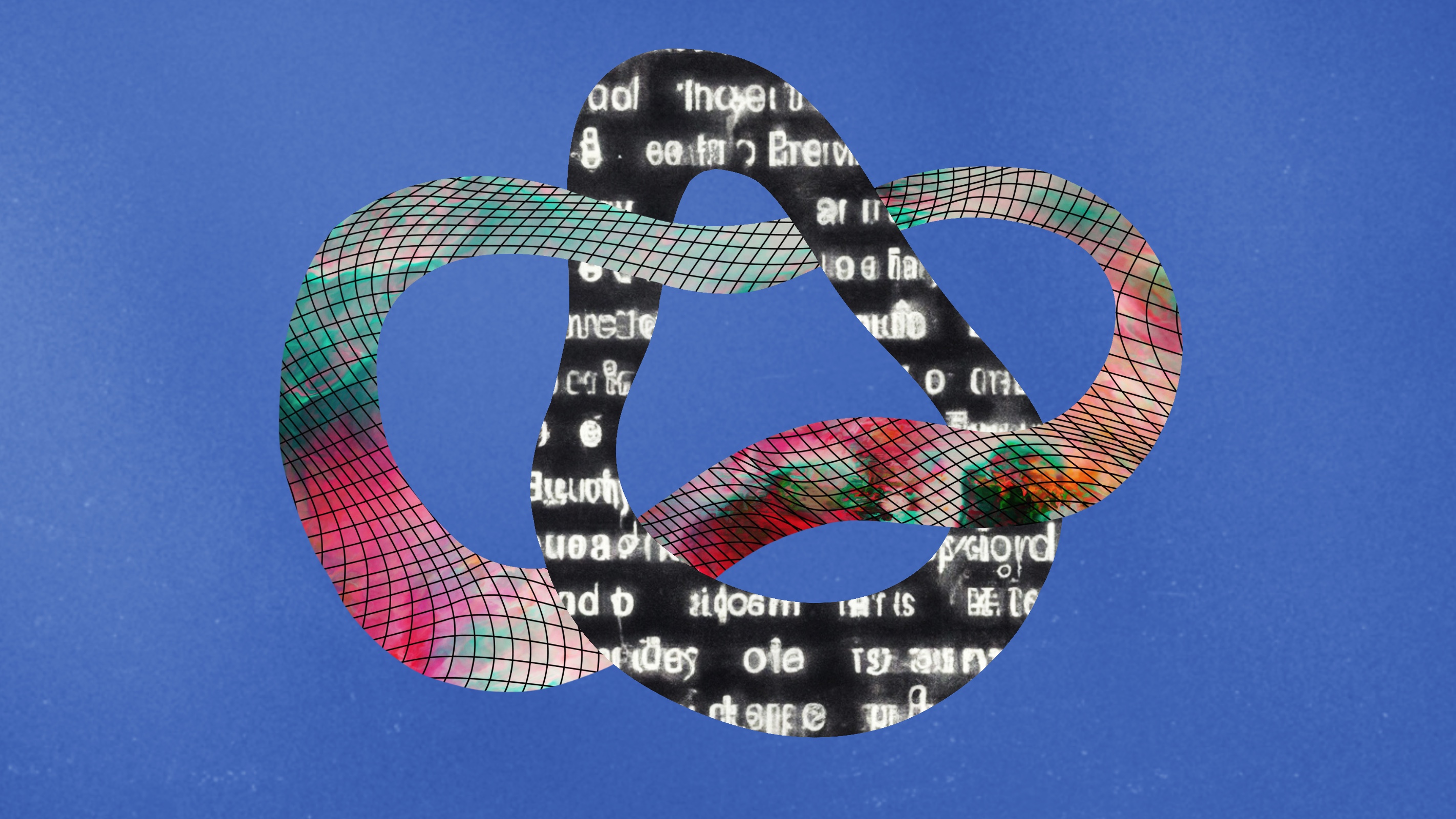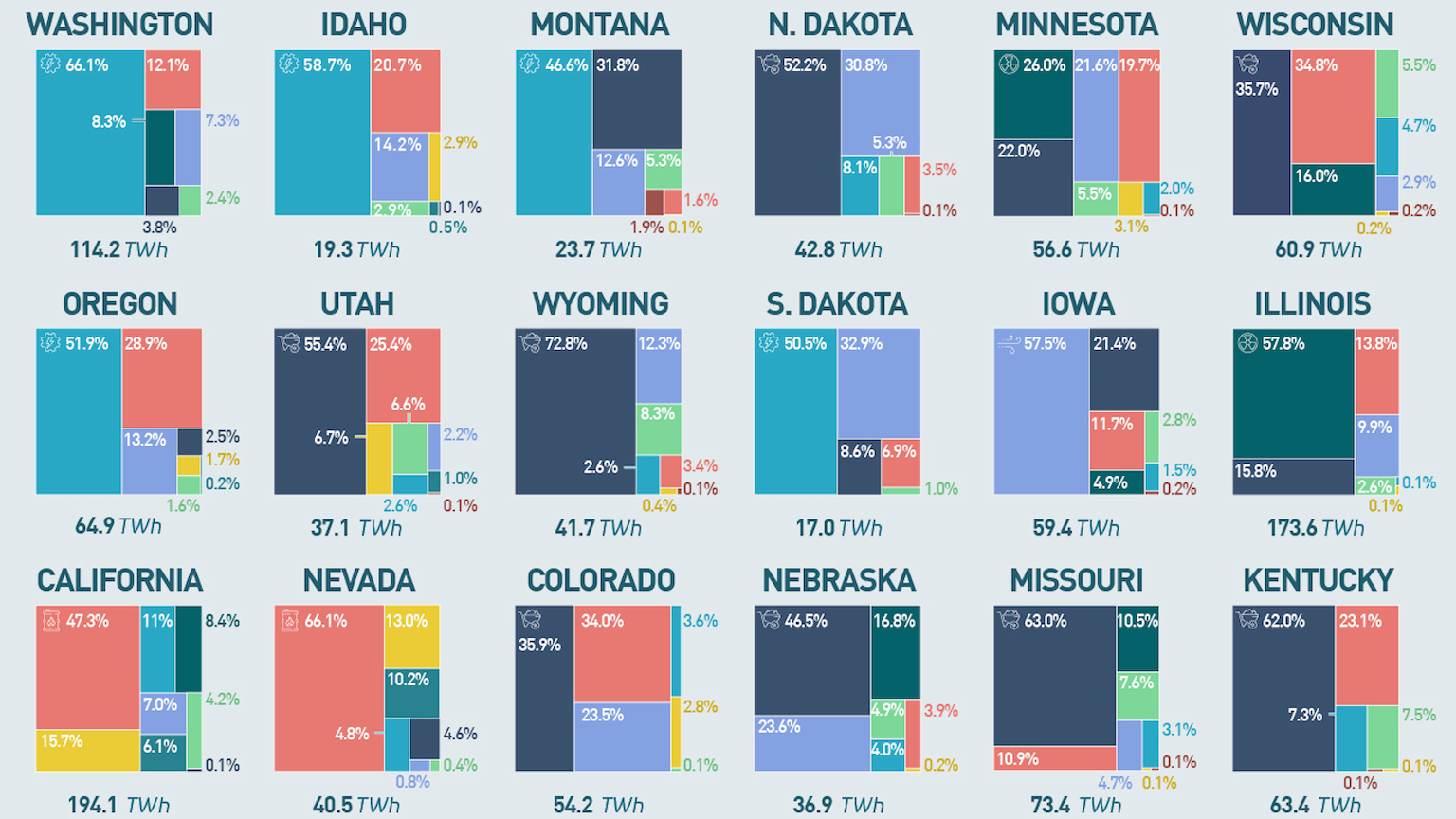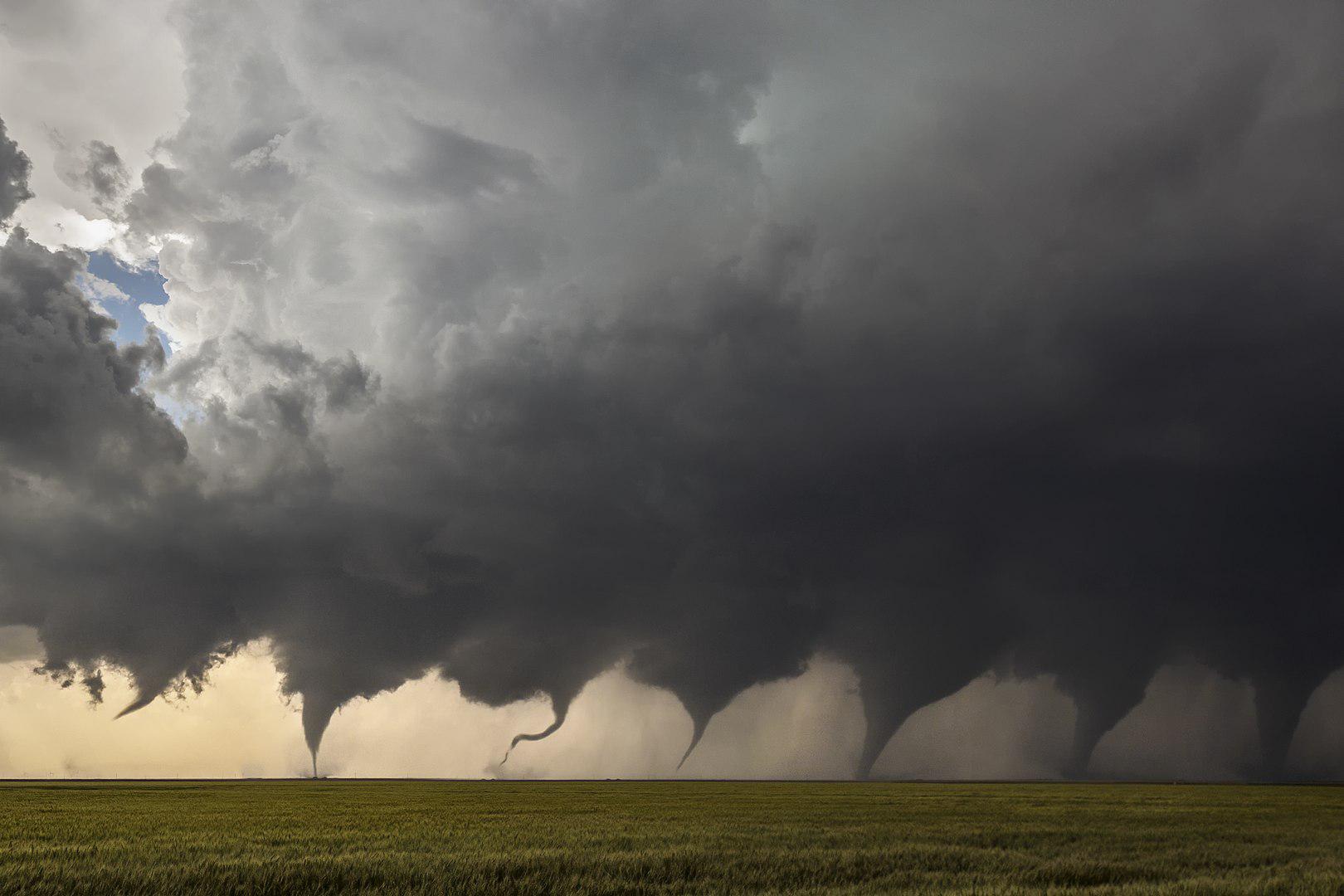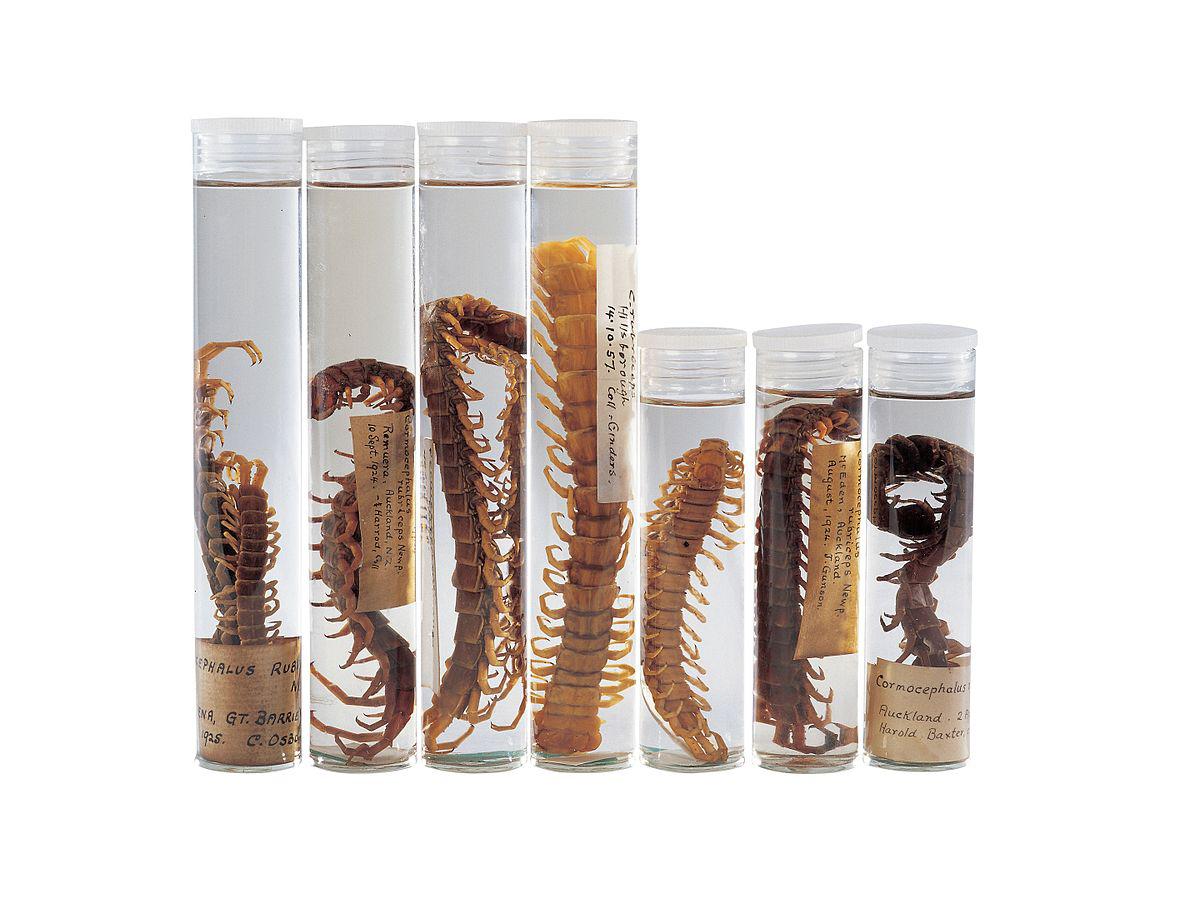What will it take?
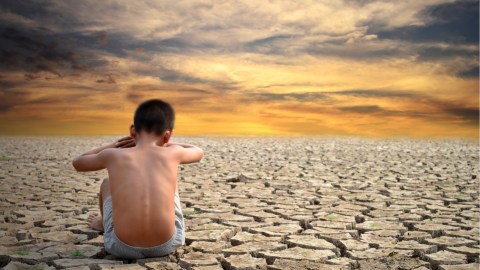
Last week, the Intergovernmental Panel on Climate Change (IPCC), released a new report.
It was called “Climate Change and Land,” focusing on “desertification, land degradation, sustainable land management, food security, and greenhouse gas fluxes in terrestrial ecosystems.” The study has 107 authors from 52 countries.
Not surprisingly, it is more bad news. Let’s look at several of the IPCC’s headline statements to spark our discussion here:
1. Land provides the principal basis for human livelihoods and well-being including the supply of food, freshwater and multiple other ecosystem services, as well as biodiversity. Human use directly affects more than 70% (likely 69-76%) of the global, ice-free land surface (high confidence). Land also plays an important role in the climate system.
That is, our use impacts over 70 percent of the land surface of the planet to sustain our needs of energy, water, and farming. What happens on the land, the way we use it, affects the climate.
2. Agriculture, Forestry and Other Land Use (AFOLU) activities accounted for around 13% of CO2, 44% of methane (CH4), and 82% of nitrous oxide (N2O) emissions from human activities globally during 2007-2016, representing 23% of total net anthropogenic emissions of GHGs1 (medium confidence).
Agriculture, deforestation, and other types of land use and abuse contribute a substantial amount of greenhouse gases (GHGs), up to a staggering 82 percent of nitrous oxide, and a total net of about 23 percent of all human-caused emissions.
3. Near-term action to address climate change adaptation and mitigation, desertification, land degradation and food security can bring social, ecological, economic and development co-benefits (high confidence). Co-benefits can contribute to poverty eradication and more resilient livelihoods for those who are vulnerable (high confidence).
Contrary to what we tend to hear, efforts to mitigate climate change, desertification, land degradation, and food security can actually create new jobs, increase productivity, and economic stability.
4. Changes in land conditions, either from land-use or climate change, affect global and regional climate (high confidence). The magnitude and direction of these changes vary with location and season (high confidence).
Changing the land affects the global climate, period. The changes and effects vary from region to region, obviously. As I wrote here recently, “the rampant deforestation across the planet, including the current horrifying rate of three football fields per minute of the Amazon jungle” is a situation that must stop now.
5. Climate change creates additional stresses on land, exacerbating existing risks to livelihoods, biodiversity, human and ecosystem health, infrastructure, and food systems (high confidence). Increasing impacts on land are projected under all future GHG emission scenarios (high confidence). Some regions will face higher risks, while some regions will face risks previously not anticipated (high confidence). Cascading risks with impacts on multiple systems and sectors also vary across regions (high confidence).
There is a vicious cycle here, whereby as we keep degrading the land, cutting down forests, and increasing the output of GHGs into the atmosphere, we will exacerbate climate change which will, in turn, degrade the land even more, choking forests and increasing the levels of GHGs in the atmosphere.
Since forests are also carbon sinks—that is, they sequester excessive CO2 in the atmosphere—they truly are cleansing filters for the atmosphere. Once this factor is taken into account, the numbers climb to about one-third of total global emission. Not surprisingly, the panel report concludes with “high confidence” that “reducing deforestation and forest degradation rates represents one of the most effective and robust options for climate change mitigation, with large mitigation benefits globally.” It doesn’t take much reflection to understand this.
What we can do
The reports suggests several action items, all very reasonable:
- Support forest-rich countries in reducing deforestation and forest degradation
- Reduce competition for land
- Recognize the role of indigenous peoples as forest stewards
- Reduce fossil fuel emissions immediately
In summary, climate change is affecting the world’s food supply, at dangerous levels. About a half-billion people live in places that are quickly changing into deserts, and about 700 million people are undernourished. Massive climate change–related migrations have already started in Africa and the Middle East, and the rate will only grow.
People tend to react with distance (or not at all) when they hear such news. Most consumers believe that this is not their fault and that there is nothing they can do; it’s all up to huge corporations and the government. This is a huge mistake.
When people take their role as an agent for change seriously, they are empowered to act.
It is a person’s choice to consume less energy and water, to boycott companies that have a bad environmental record, to procure alternative renewable energy sources for their homes (even switching slowly to LED lights helps), buy from local farms, and, by far the most important thing a person can do, shift their diets away from meat. No, the world doesn’t need to turn vegan overnight. But if the average meat consumption in the U.S. is about 200 pounds per year, this means more than a pound per day for most. One can easily appreciate their steak or pork loin once or twice a week, and still eat very well.
And here is the crucial point. Even if you are one of those who insist that climate change isn’t really happening (and it must be a belief since the science is crystal clear), unless you really hate the environment, what is wrong with working to preserve our forests, prairies, and water supplies? What is wrong in trying to decrease the amount of waste and pollution you generate?
This sort of moral behavior toward Nature should take precedence over any kind of political debate. It’s about the world we live in, keeping it clean, exploring its resources effectively and equitably, and preserving its beauty for future generations—including your own children and young relatives.
The post What Will It Take? appeared first on ORBITER.
